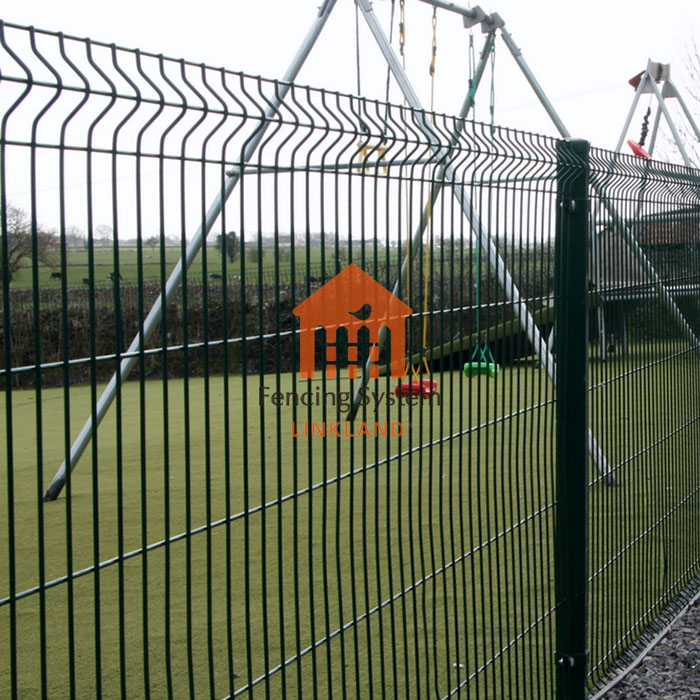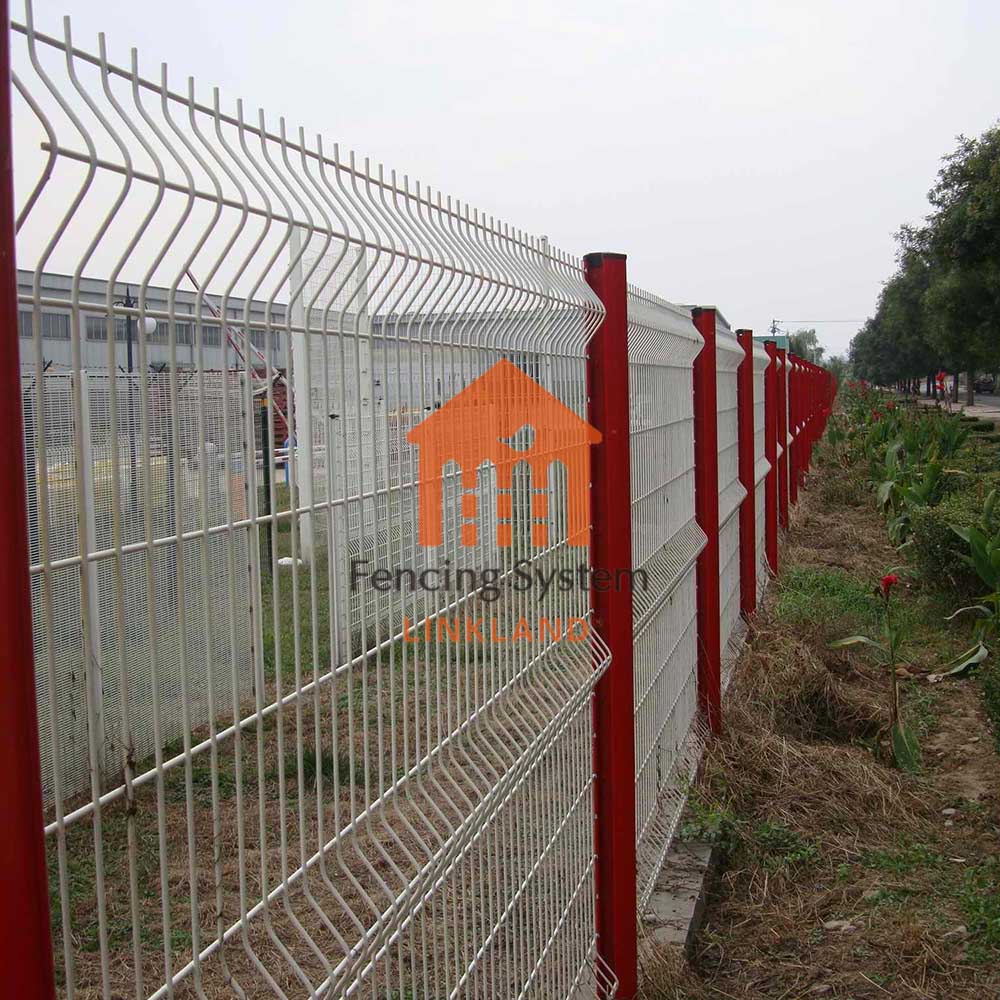Creating a Stereoscopic Effect
The core feature of 3D fence is its three-dimensional effect. Through ingenious design and construction technology, 3D fence can create a visual illusion, making the observer feel that the fence has three-dimensional depth and realistic effect. This three-dimensional effect can be achieved by adding elements such as bumps, textures or patterns to the surface of the guardrail. By making full use of the effects of light and shadows, 3D fences can create visual illusions and give people a three-dimensional feeling.

Application of perspective techniques
Another key element of 3D fences is the application of perspective techniques. Perspective is an artistic technique that expresses the distance of objects in space by changing lines and proportions. In 3D fence design, designers will use the principle of perspective, using perspective lines and projections to create a sense of distance and depth. By reasonably drawing the length and angle of the lines, and choosing a suitable viewing angle, the 3D fence can create a three-dimensional illusion, making people feel that the fence has depth and three-dimensionality in the space.

the use of color and material
Color and texture are also important factors in combining reality and illusion. In 3D fence design, designers will skillfully use colors and materials to enhance the three-dimensional effect and illusion effect. By choosing appropriate color matching and material texture, designers can make the surface of the guardrail more realistic, further enhancing the three-dimensional and visual effects. For example, using a color with a strong contrast between light and dark or a textured material can make the guardrail look more three-dimensional and vivid.

Interaction with the environment
The final element is the interaction of the 3D fence with the environment. An important goal of 3D fence design is to make the fence blend with the surrounding environment and create an interactive effect with its background. By rationally selecting design elements and adapting to the environment, the 3D fence can echo with the surrounding landscape, buildings or natural elements. This interactive effect further enhances the illusion of the 3D fence, making it even more eye-catching and impressive.
By creating three-dimensional effects, applying perspective techniques, using color and materials, and interacting with the environment, 3D fences successfully combine reality and illusion. This design technique is not only amazing, but also brings a unique visual effect to the guardrail, making it play a prominent role in landscape design and architectural decoration.
Pre:Advanced Technology in 3D fence Manufacturing: Materials and Construction Methods